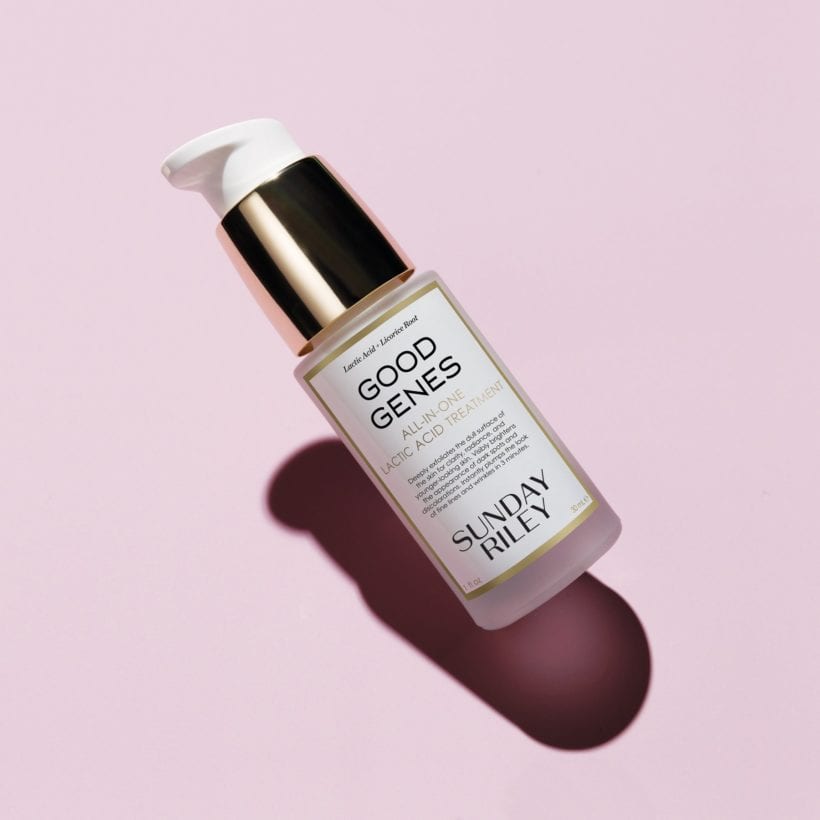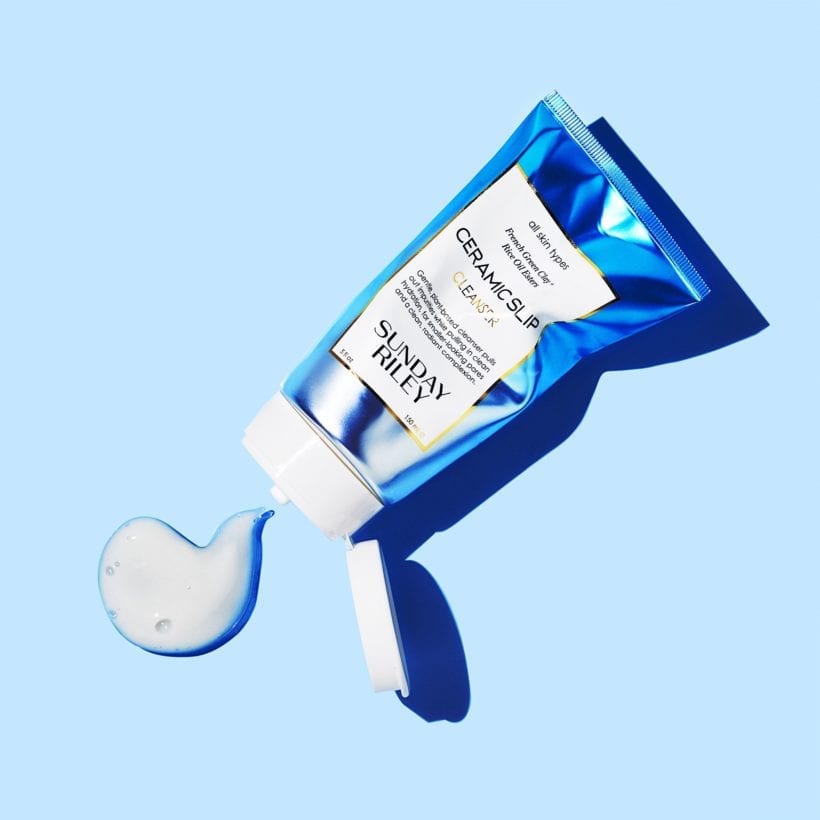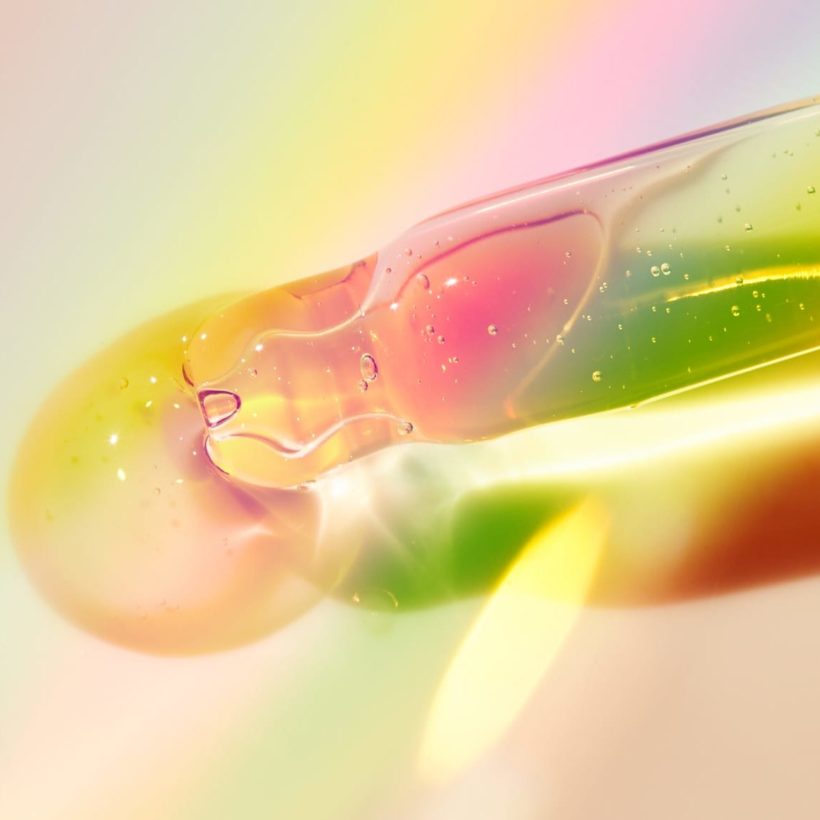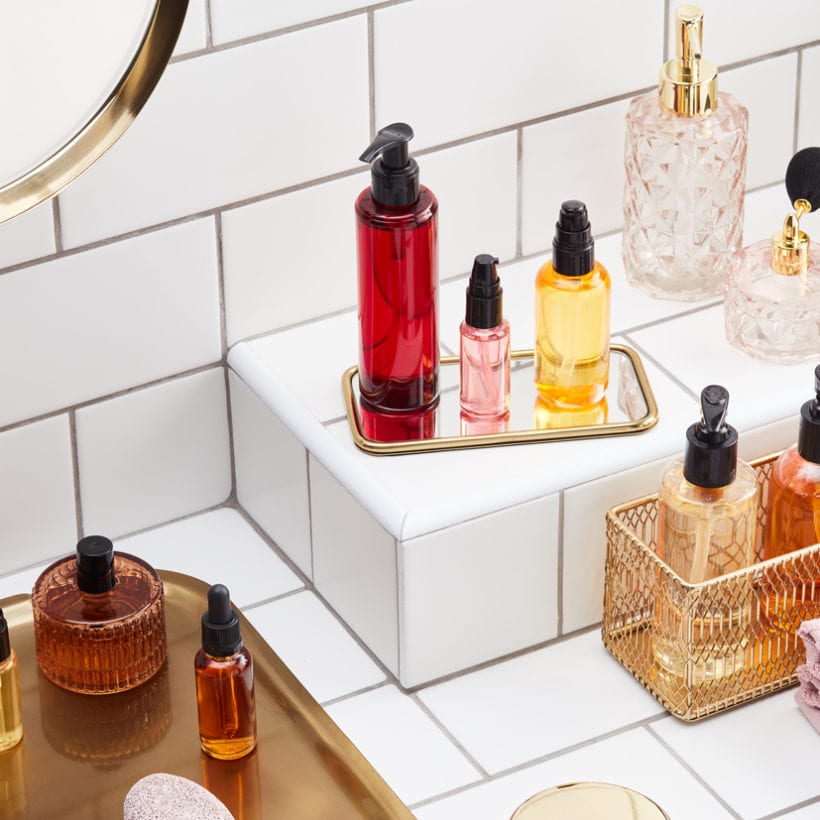On top of the marketing jargon you might find on cosmetics packaging; there are the actual ingredients on the labels that you could spend all day trying to decipher. Unfortunately, we live in a world where we’re surrounded by toxins, many of which make their way into the products we come in contact with daily. What’s more: While the governmental agencies put in place to protect consumers from hazardous ingredients do have some standards in place, they don’t review or test products for safety. “It’s usually only after consumers begin to report negative reactions that the government agencies take note and add the offending ingredient to the hotlist of banned ingredients, which is a very reactionary approach,” explains Olivia Rose, N.D.
“We live in a time where it has become critical to your future health to make informed choices about the products we use and ingest.”
There are a bevy of toxins and chemicals that are allowed to be used in products in the U.S. that many other countries have banned, explains Rachel Eva Dew, N.D. “While older generations blindly relied on and trusted companies and governmental agencies to provide products and foods that were composed of safe ingredients and materials, we now know that can no longer lead us to optimal health. We live in a time where it has become critical to your future health to make informed choices about the products we use and ingest,” she says.
Some brands are very transparent regarding the ingredients they use in their products (at Sunday Riley HQ we’re committed to being transparent about our high-quality, clean ingredients that keep the formulas safe). With other brands, it can take a total sleuth to determine what’s actually in some of the most common products people use in their day-to-day routines.
So without a chemist’s degree, how do we know which skincare ingredients are good for us? Here, experts share their best tips for how you can navigate the unchartered territory that is ingredient labels.

Meet the Experts
Olivia Rose, N.D. is a Toronto-based naturopathic doctor.
Rachel Eva Dew, N.D is a double-board certified Doctor of Natural and Integrative Medicine and co-founder of ModiHealth.
Rachelle Robinett, RH (AHG), is a Registered Clinical Herbalist, Holistic Health Practitioner, and founder of Pharmakon Supernatural.
Sarah Villafranco, M.D., is a former emergency medicine physician and founder of Osmia.
Aim to understand each ingredient listed
When reading ingredients, if you don’t recognize something, look it up. The Sunday Riley ingredient glossary is a good place to start. “Some people like to keep a list of ingredients to avoid on-hand, which makes cross-referencing while shopping quick and easy,” says Rachelle Robinett, RH (AHG). “If your skin reacts to a certain product, take note of the ingredients for future reference, as, over time, you may find yourself returning to certain ingredients, or brands, which are consistently reliable.”
Don’t necessarily avoid ingredients you can’t pronounce
People often tell you to avoid ingredients you can’t pronounce, but, as it turns out, a ton of ingredients with funky-sounding names are beneficial for your health and safe to use. One example that Sarah Villafranco, M.D., former emergency medicine physician and founder of Osmia, points out is orbignya oleifera. “It’s a mouthful, but it’s the Latin name for babassu oil which is 100% safe for personal care products,” she says.
Rely on brands you trust
“Look for educational content, reasonable claims, and transparency in communication,” says Dr. Villafranco. For example, if a brand makes it easy for you to find their full ingredients list on their website and their packaging, it’s a good sign that they have nothing to hide.
Ingredients that may cause irritation
Here’s how to get a little savvier when it comes to certain ingredients on your labels.
Parabens
Some research, including one study published in the peer-reviewed journal Molecular and Cellular Endocrinology, has found this common preservative used in a myriad of food, household, and cosmetics products, to interfere with our natural hormone balance. “You want most of your skincare products to be preserved, so the answer is not in looking for products that make a ‘preservative-free’ claim, but there are many safe, natural preservatives available, with names ranging from sodium levulinate to glyceryl undecylenate to potassium sorbate,” says Dr. Villafranco. “It’s hard to know what’s part of the preservation system in a product, as many natural extracts can play a role in preserving the products, so you may need to email the company to get more information.”
Phthalates
Even if you try your best to avoid this ingredient in the products you use, chances are, you still have detectable levels in your urine. This is because we’re exposed to phthalates through pesticides, plastics, and perfumes via our skin, intestines, and lungs, explains Dr. Villafranco. “Phthalates are concerning because they may interfere with endocrine function and certain liver enzymes, limiting your exposure where you can make sense.”
Sulfates

Sulfates are a category of ingredients used in many things we use daily, including toothpaste, shampoo, body wash, laundry detergent, and home cleaning products. The trouble is that many people are sensitive to them, and exposure can result in irritated, dry skin, eczema, and dermatitis, explains Dr. Villafranco. “There are so many ways to make products bubbly these days, many of which are coconut or sugar-based,” she says. “Some of them, like sodium coco sulfate, contain small amounts of SLS, so they could still irritate sensitive people.” So instead, she recommends experimenting to determine which surfactants work best for your skin.
Aluminum
Typically found in antiperspirant deodorants, toxic metals such as aluminum can have estrogen-like effects in the body, explains Dr. Rose, which disrupts the healthy functioning of the endocrine system. “Instead of aluminum-containing antiperspirants, look for ingredients containing corn starch and tapioca starch which can reduce sweat more naturally without the hormone-disrupting effects,” she says.
Synthetic fragrances
Under U.S. law, fragrance ingredients don’t have to be disclosed in the ingredients list. This means that if you’re using a product with “fragrance” or “parfum” and end up with a reaction like a rash or a migraine, you’ll never know which chemicals caused it, explains Dr. Villafranco. “It’s safer to stick with properly selected and diluted essential oils or unscented products, especially if you have skin issues or chemical sensitivities,” she says. “If you’re unsure what’s causing your skin issues, stick to unscented products for at least a month before introducing low concentrations of appropriate essential oils.”










